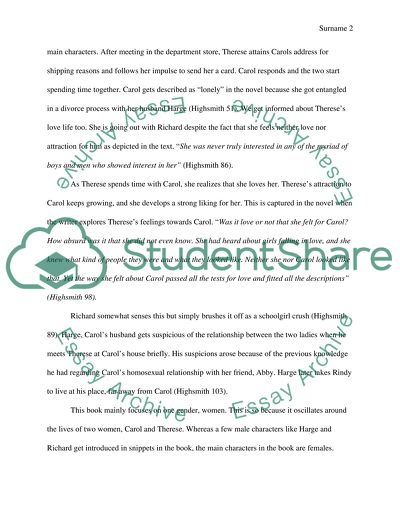Cite this document
(“The Price of Salt Essay Example | Topics and Well Written Essays - 2500 words”, n.d.)
Retrieved from https://studentshare.org/literature/1451695-conduct-a-formalist-literary-critical-analysis
Retrieved from https://studentshare.org/literature/1451695-conduct-a-formalist-literary-critical-analysis
(The Price of Salt Essay Example | Topics and Well Written Essays - 2500 Words)
https://studentshare.org/literature/1451695-conduct-a-formalist-literary-critical-analysis.
https://studentshare.org/literature/1451695-conduct-a-formalist-literary-critical-analysis.
“The Price of Salt Essay Example | Topics and Well Written Essays - 2500 Words”, n.d. https://studentshare.org/literature/1451695-conduct-a-formalist-literary-critical-analysis.


